Stop right there—those spring gardening tips might be tricking you! You’ve heard clever advice that promises a blooming paradise, only to find your garden floundering and your wallet lighter. Your efforts turn into endless hours of frustration, and your green dreams fade into a pile of setbacks. Imagine following instructions that seem foolproof on paper but end up draining your time and energy. Gimmicky hacks lure you in with grand promises, only to leave your soil lackluster and your blooms sparse. This guide exposes 16 spring gardening tips that sound smart but instead cost you dearly. Get ready to rethink your strategy and embrace a simpler, true-to-nature approach that lets your garden flourish without the hidden traps.
Myth of Planting by the Moon

While the idea of planting by the moon’s phases can be romantic and mystical, its scientific backing is shaky at best. Many gardeners swear by it, believing that the lunar cycle can influence plant growth. However, it might be best to focus on sunlight, water, and soil quality instead. The moon’s gravitational pull affects tides, but its impact on your garden is minimal. Prioritizing traditional gardening practices may yield better results than relying on celestial bodies. This old folklore can be enticing, yet it doesn’t substitute the basics.
Over-Mulching Caution
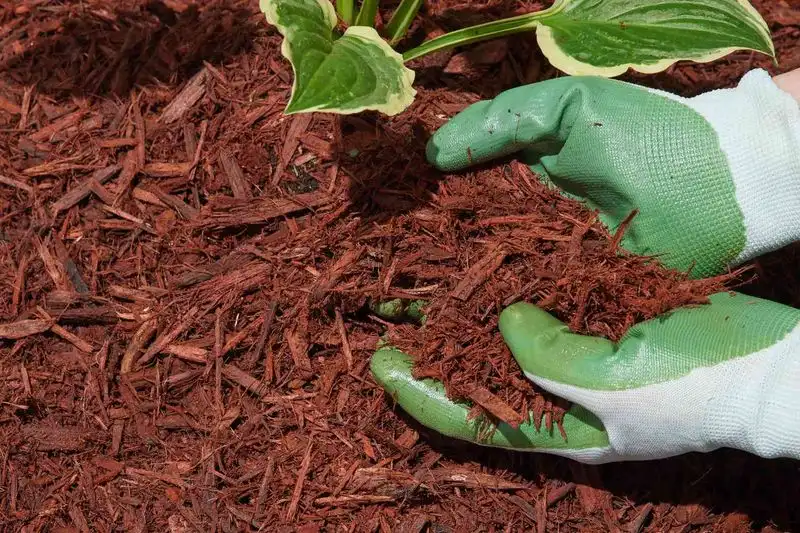
Mulch is great for retaining moisture and suppressing weeds, but too much can suffocate your plants. Over-mulching, often called “volcano mulching,” can lead to root rot and pest infestations. It’s crucial to apply mulch in moderation, ensuring proper airflow to the roots. A thin layer does wonders without overwhelming your plants. Remember, moderation is key to effective mulching. Excess can often do more harm than good, leading to unhealthy plant conditions. Keep it light and airy, just like your favorite cake.
The Dangers of Overwatering
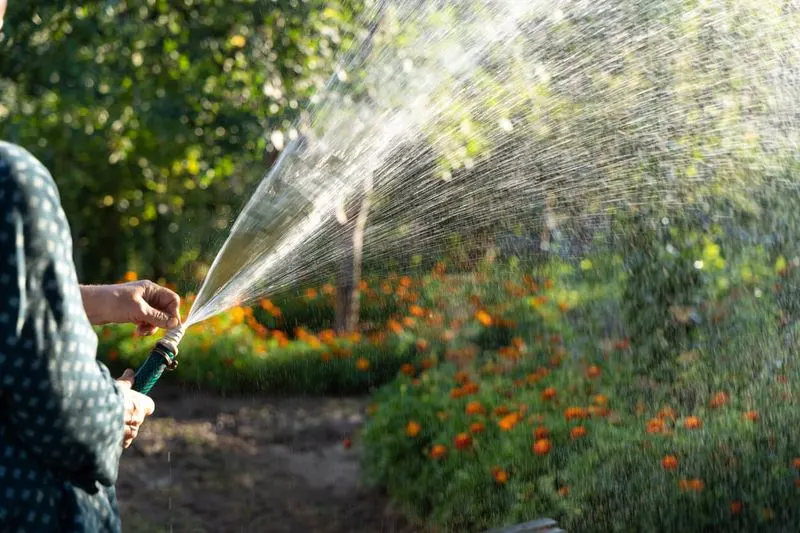
Watering is essential, but too much can drown your plants, depriving roots of oxygen. Overwatering is a common mistake, assuming that more water equates to healthier plants. However, it can cause root rot and foster fungal growth. It’s best to water deeply but infrequently, allowing the soil to dry out between sessions. This encourages roots to grow deeper, making plants more resilient. Using a moisture meter can help you get the balance right. Remember, sometimes less is more.
Misleading Fertilizer Usage

Fertilizers can boost growth, but indiscriminate use might harm your plants and the environment. Many assume that more nutrients will lead to bigger blooms, but excess fertilizer can burn roots and disrupt the soil’s natural balance. It’s crucial to understand your plants’ specific needs, opting for organic options when possible. Conducting a soil test can guide your fertilization plan, ensuring you’re not overdoing it. Be mindful of the ecosystem your garden supports, opting for a balanced approach.
The Trap of Pest Control Overkill

Pests can be troublesome, yet resorting to heavy-duty chemicals isn’t always wise. Overusing pesticides can kill beneficial insects, disrupt the garden’s ecosystem, and lead to resistant pest strains. It’s better to employ integrated pest management strategies, such as attracting natural predators or using eco-friendly solutions. Consider planting pest-repellent herbs or companion planting as alternatives. This holistic approach often proves more sustainable and less damaging to your garden’s health.
The Myth of Instant Growth with Miracle Products
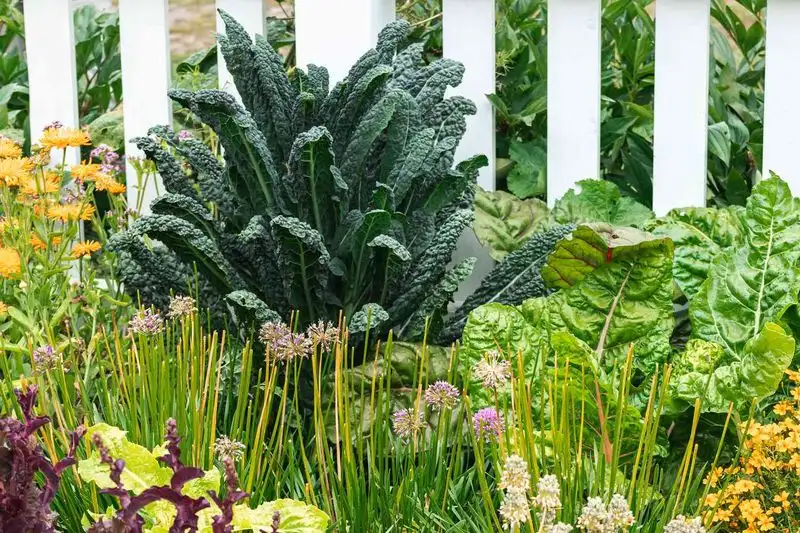
Miracle products promising instant growth might sound appealing, but they rarely deliver. These solutions can lead to unhealthy plants with shallow roots, requiring constant maintenance. True growth comes from nurturing the soil, providing proper care, and allowing nature to take its course. Instead of quick fixes, focus on building a strong foundation by improving soil health and biodiversity. This patience pays off with robust, sustainable growth that doesn’t rely on external products.
The Drawback of Overcrowding Plants
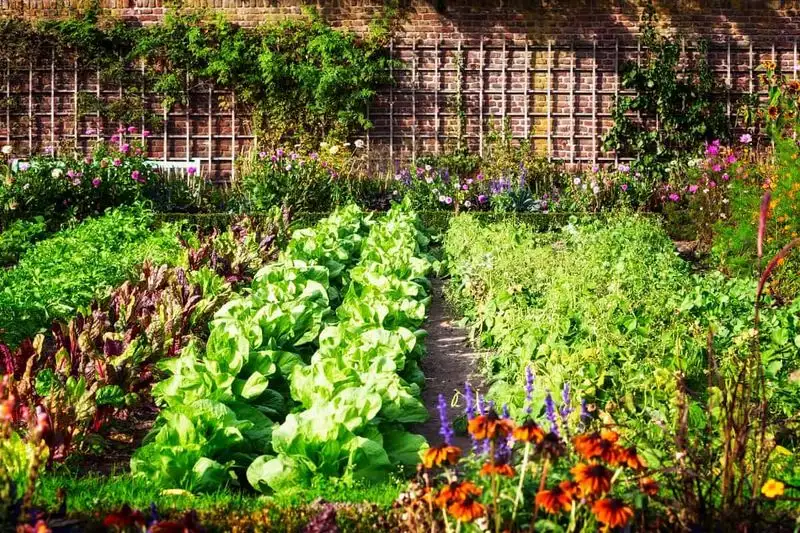
Planting too closely might seem efficient, but it often leads to competition for resources. Overcrowding can cause stunted growth, increased susceptibility to disease, and poor air circulation. Each plant needs its space to thrive, with adequate room for root expansion and sunlight exposure. Planning your garden layout is crucial, considering the mature size of each plant. It might be tempting to fit in more, but restraint leads to healthier, more productive gardens.
Relying Solely on Synthetic Pesticides
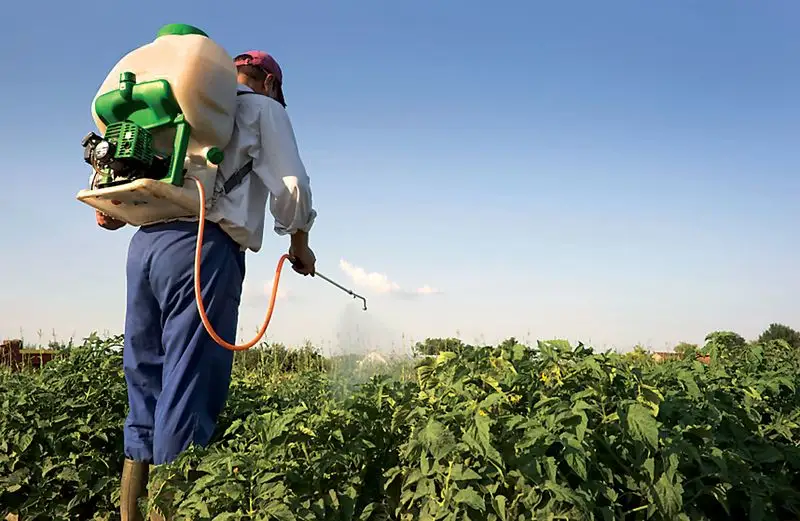
Synthetic pesticides might offer a quick fix, but they can disrupt the garden’s natural balance. These chemicals can harm beneficial insects and lead to resistant pest strains. Instead, consider organic alternatives and encourage natural predators to manage pests. Simple solutions like neem oil or insecticidal soaps often do the trick without causing collateral damage. By fostering a diverse ecosystem, your garden can manage pests sustainably, reducing reliance on synthetic solutions.
The Illusion of Effortless Perennials
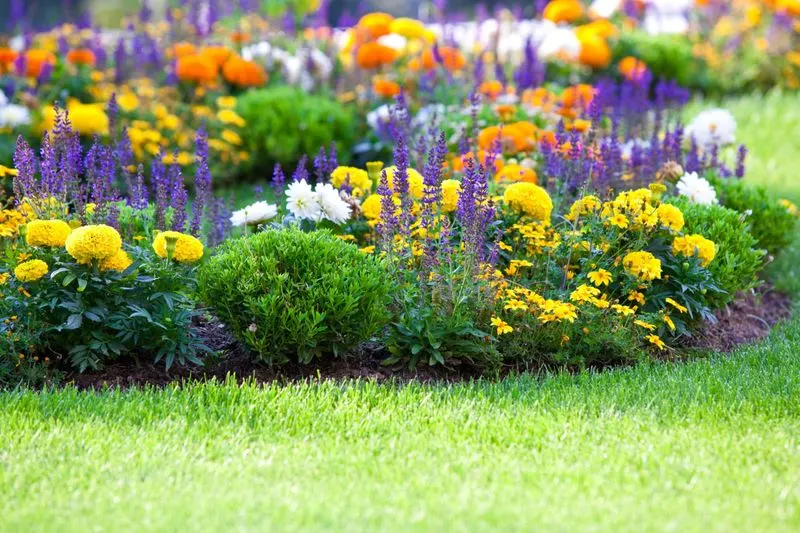
Perennials promise easy gardening, but not all are low-maintenance. Some require specific conditions to thrive, leading to disappointment if misunderstood. It’s vital to research and choose perennials suited to your climate and soil type. Even so-called effortless plants need occasional care, such as dividing or deadheading, to maintain their vigor. Understand their life cycles and compatibility with existing flora to ensure success. With the right choices, your efforts will be rewarded over time.
The Trap of Exotic Plant Fascination

Exotic plants can be alluring, but they may not suit your local climate or soil. These plants often require more resources and attention to thrive, leading to frustration. Opt for native species that are adapted to your environment, offering resilience and supporting local wildlife. Exotic species might introduce pests or diseases, disrupting the garden’s balance. While they add intrigue, natives provide beauty with less effort and contribute to ecological harmony.
Misguided Trust in Garden Gadgets

Gadgets promise to simplify gardening, yet many end up gathering dust. While some tools can be handy, relying on gadgets can distract from understanding fundamental gardening principles. Consider whether a gadget truly addresses a challenge or complicates your routine. Embrace the basics before investing in specialized tools, as many tasks can be accomplished with simple, traditional methods. A thoughtful approach to gadgets ensures they enhance rather than hinder your gardening experience.
The Folly of Constant Tilling
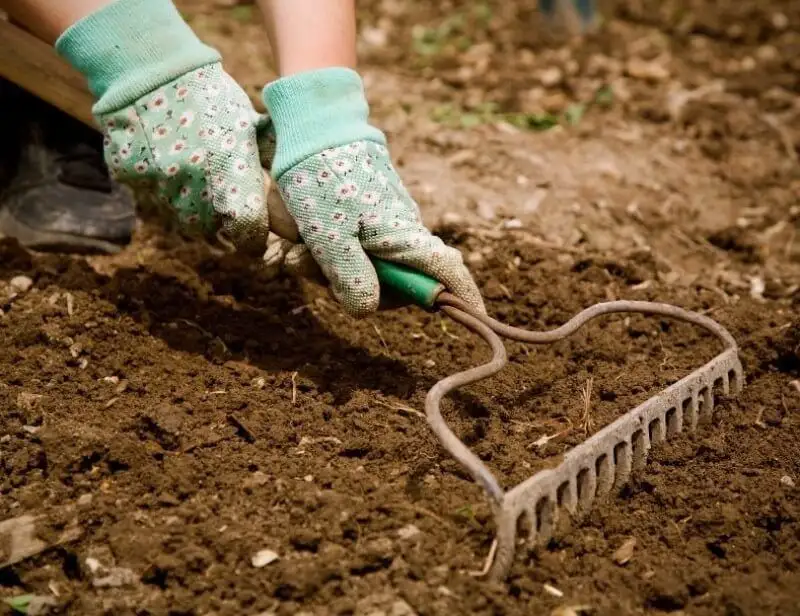
Tilling might seem beneficial, but constant disturbance can harm soil structure and beneficial organisms. Over-tilling can lead to erosion and reduce the soil’s ability to retain moisture. Opt for no-till or minimal till methods, preserving the natural soil ecosystem. This approach supports healthier plant growth, improves soil fertility, and reduces labor. By embracing a gentler touch, you’ll foster a flourishing garden with less effort.
Belief in Universal Garden Advice

Garden advice is not one-size-fits-all. Each garden has unique conditions, from climate to soil type, requiring personalized care. Following generic tips can lead to dissatisfaction, as plants may respond differently in various environments. Tailor your gardening practices by observing your garden’s specific needs, experimenting, and learning from experience. This hands-on approach often yields better results than adhering strictly to general tips. Embrace the uniqueness of your space.
Misleading Notion of “Maintenance-Free” Gardens

The idea of a maintenance-free garden is enticing but largely unattainable. Every garden requires some level of care, whether pruning, weeding, or monitoring for pests. While low-maintenance designs can reduce workload, they don’t eliminate it entirely. Accepting that gardens are dynamic spaces needing attention leads to more realistic expectations. Invest in planning and plant selection to minimize chores, but be prepared for ongoing involvement as part of the gardening journey.
The Shortcut of Bagged Garden Soil
Bagged soil may seem convenient, yet it’s not always the best choice for healthy plant growth. These products often lack the nutrients and microbial life found in natural soils, leading to poor plant performance. For robust gardens, consider enhancing bagged soil with organic matter like compost. This enriches the soil, improving its structure and fertility. Investing in your soil’s health pays off with thriving plants, making up for any initial convenience the bags provide.
The Pitfall of Trend-Driven Plant Choices
Trends in gardening can inspire, but following them blindly might not suit your garden’s needs. Trendy plants may not thrive in your local conditions, requiring extra care and resources. Focus on what’s right for your garden’s environment, considering factors like climate and soil. Incorporating trends thoughtfully can enhance your garden without overwhelming it. Balance innovation with tradition, ensuring your selections are sustainable for your space. Thoughtful choices create lasting beauty.

